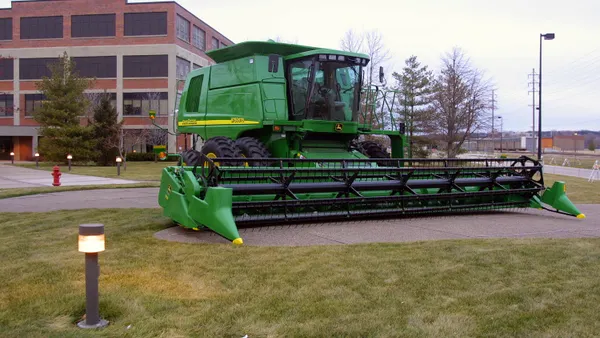Manufacturers this year continued their efforts to attract the next generation of workers to the industry.
The industry remains at risk of a 1.9 million-worker gap in coming years, and companies spent the year experimenting with new approaches to working hours, locations and flexibility in a bid to make roles more appealing to potential talent.
As the incoming Trump administration pushes hard on the importance of growing the domestic U.S. manufacturing industry, companies are sprinting to match that growth potential with the talent needed to power it.
At the same time, artificial intelligence and automation offer companies innovative ways to boost efficiency and lessen reliance on manual labor. As manufacturers integrate new technologies into production, they’re also trying to ease workers’ anxieties over fears of job replacement by offering upskilling programs.
Read on for a look at some of the top labor trends that drove the manufacturing industry this year and how manufacturers are innovating to recruit and retain top talent.













